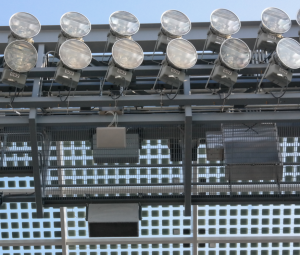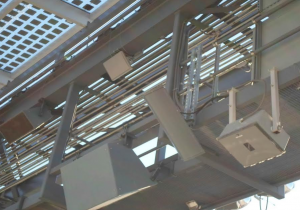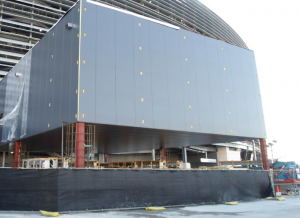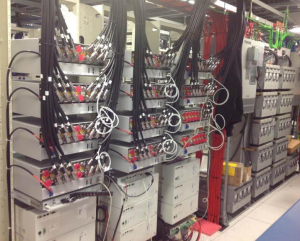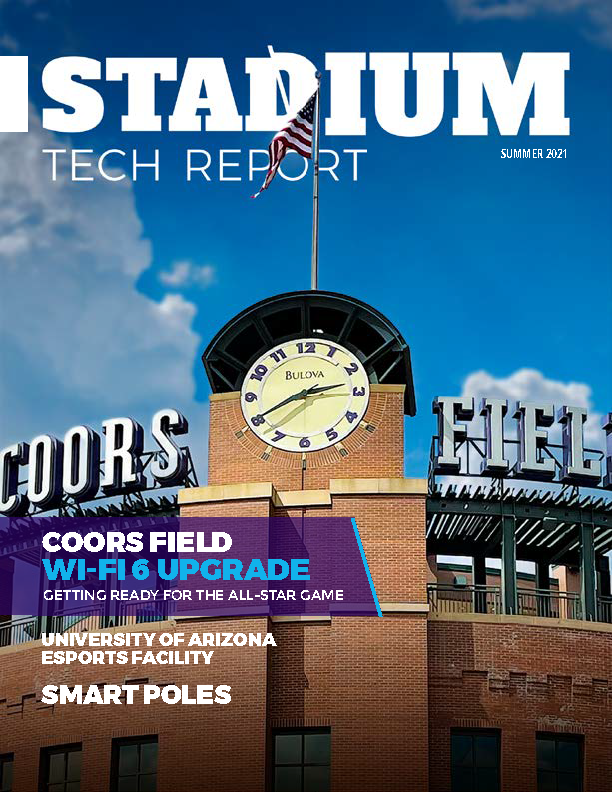If you needed any more proof that online viewing doesn’t hurt TV audience numbers, the stats from Super Bowl should convince you: According to broadcaster Fox, there was an average of 528,000 online viewers per minute, even as the TV audience generated a record 111.5 million viewers.
We are still waiting on a total breakout of online views of the game — we apologize for misreading a Fox release that stated it had 5.5 million unique viewers all day Sunday, NOT specifically for the game. But even the 528K number is impressive, especially when you throw in the fact that it only represents desktops, laptops and Apple iPad tablets, since smartphones were blocked from Fox’s live streams due to Verizon’s deal with the league for its NFL Mobile app. Just imagine how much bigger those numbers could be if and when the NFL makes its digital access methods less confusing.
Overall it looks like Fox did a pretty solid job with its online efforts for both the playoffs and the Super Bowl. We are still waiting to hear from Fox about viewer numbers for the playoff streams, which unlike the Super Bowl were free only to viewers with pay-TV contracts that included Fox channel service.
We are also still waiting for numbers from Verizon and/or the NFL but don’t hold your breath, since both parties are typically close-mouthed about real numbers for online viewing. But judging from the number of pitches play by play man Joe Buck made during the game for the league’s new NFL Now service, it’s a good guess that online viewing is something you’re going to hear a lot more of from the NFL in the not too distant future.


